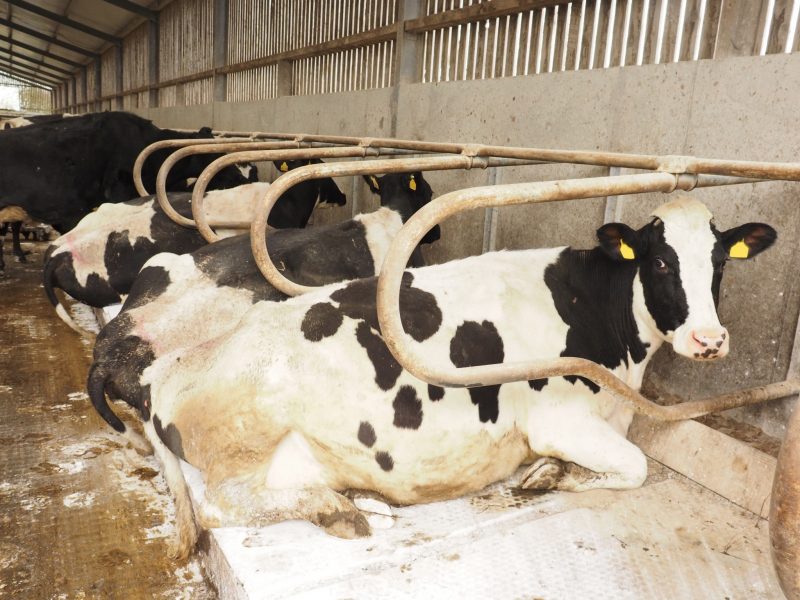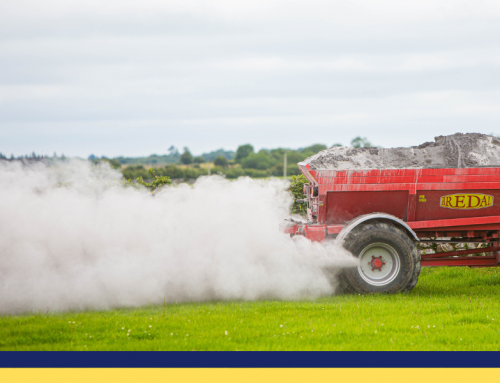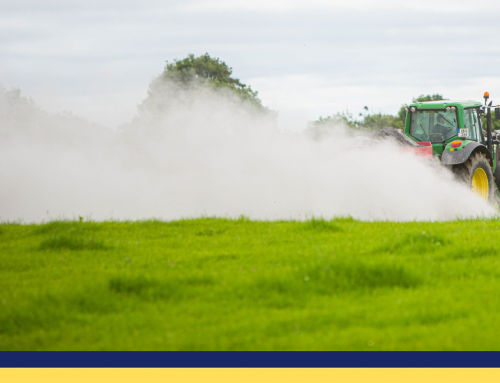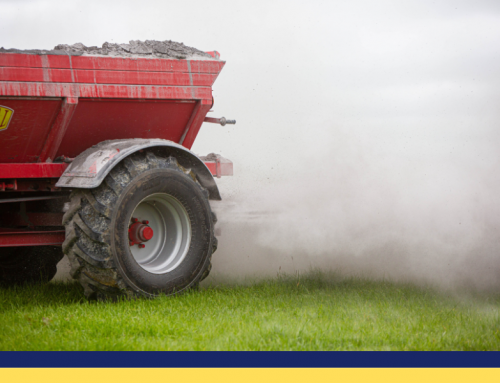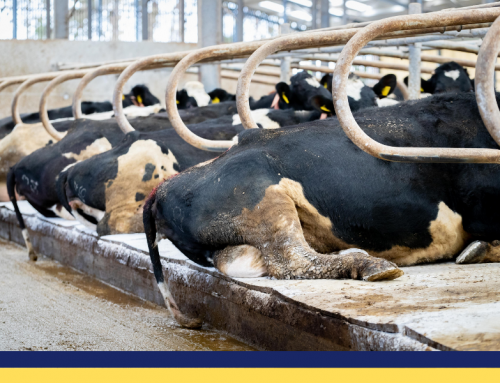Good hygiene is crucial over the winter period, especially in dairy herds. During this period, cows are at a high risk of developing mastitis, which is the inflammation of mammary glands or udders. There are two groups most at risk of contracting mastitis; cows that have been recently dried off and cows that are close to calving.
Mastitis in dairy cows is caused by udder infections, usually resulting from bacteria which can develop during milking or through the cow’s environment. Examples include poor milking procedures, teat injuries or direct exposure to bacteria such unhygienic cubicle beds and lying areas.
Cost of mastitis
There are underlying costs associated with the presence of mastitis, including a loss in milk production from reduced milk yield, and the volume of milk discarded due to the use of antibiotics. It is also important to note that farmers can face penalties for a reduction in milk quality as it may not be suitable for manufacturing when tested.
Other underlying costs associated with mastitis include veterinary fees and the cost of culling the animal or mortality. Taking all of this into account, it is therefore critical that prevention and control of mastitis should be a priority on all dairy farms.

Mastitis prevention and control
The use of cubicle lime is critical in order to increase the pH of cubicle beds and inhibit the growth of bacteria. In addition to a good cubicle lime routine, the below steps should be implemented to help minimise the growth of such bacteria.
- Passageways should be scraped down and cleaned twice daily. When using automatic scrapers, it is recommended to run these six to eight times per day in order to reduce the volume of dung being brought onto the cubicle bed.
- The use of rubber mats are also recommended as they make the cleaning process easier and increase hygiene levels.
- Hydrated cubicle lime is recommended as a cubicle disinfectant as its pH is 12.4 above the tolerance threshold for streptococcal and staphylococcal bacteria; two of the most common causes of mastitis. Although the pH in hydrated lime is significantly higher than the pH of cubicle lime (8.4), it does not irritate the cow’s teats and it also leads to increased cow comfort.
- When applying cubicle lime, the optimum amount per cubicle is approximately a fistful. Other ways of administering cubicle lime include using a scoop to ensure an even amount is spread. Gloves and goggles should always be worn when applying cubicle lime as it can lead to severe eye irritation.
To learn more about the benefits of cubicle lime, click here
Follow us on Twitter
Like us on Facebook
Contact us here

